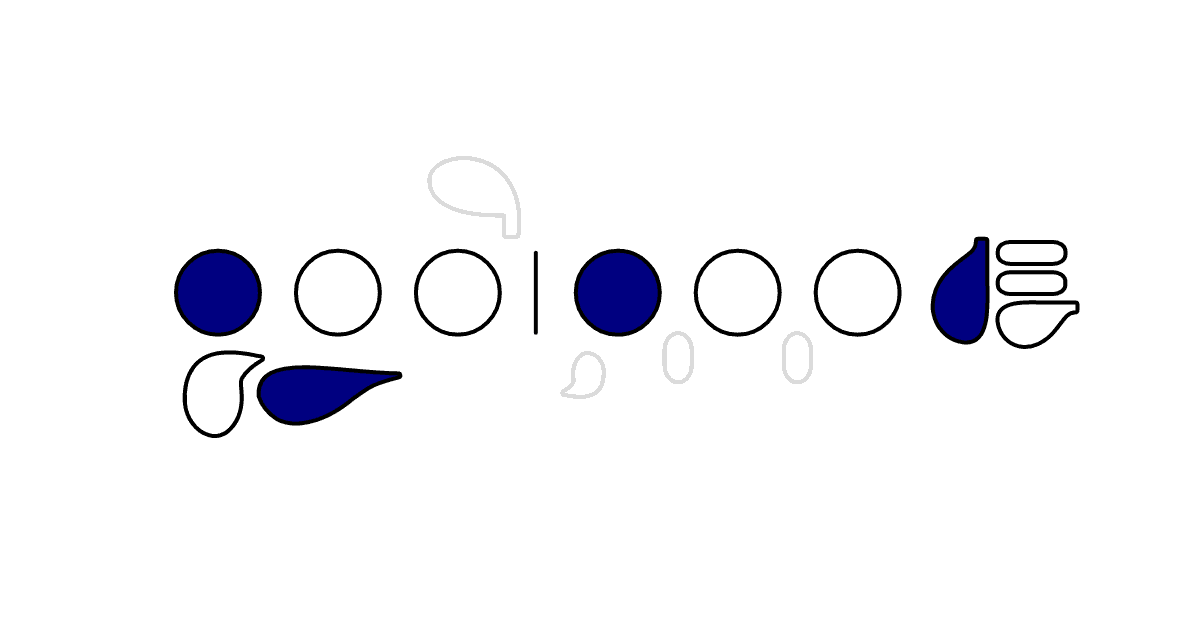I’m pleased to announce a new release of the Fingering Diagram Builder.
One thing I wanted to do in this release is give something back to the very generous and sexy people who have been kind enough to use the PayPal donation link to show their support over the years, so I’ve added some special exclusive features for donors. Most of those features are geared toward those doing large or involved projects, such as for publication.
To be clear, none of the old features have been put behind a paywall, and with this release and future releases I’ll keep working on improvements for the free users, too. And you can get the donors-only features with a one-time donation of literally any amount of your choice. (If you’ve donated before, you can try the “Are you a previous donor?” link to activate your special features, but you might have to email me so I can fix it for you manually, especially if your donation was a few years ago.)
Anyway, here’s what’s new:
- Some weird/cool new key sets like Kingma-system flutes, the Redgate oboe, and the Contraforte. I’m flying a little blind on those since I don’t exactly have those instruments laying around, so if you’re an expert let me know what tweaks are needed.
- Downloads in .gif format (in addition to the previously-available .png and .tif). For some purposes .gifs won’t look as nice as .pngs, but the file sizes are very compact, which is useful in some situations. And for donors, you can also download in .svg format, which gives you basically unlimited scalability with no loss of image quality. .Png and .svg downloads also now get lossless compression, which you can turn off if for some reason you want to.
- Diagrams can be rotated 90° in either direction. Donors can also mirror them, which I think is a strange idea but lots of people have requested it.
- Image backgrounds can be white (like before), or now also transparent.
- Some more flexibility for donors: finer control of image size and line thickness, and an editable color palette. Donors also have some new options for how images are cropped.
- You can still, as before, let the FDB automatically provide unique filenames for your downloaded images or name each one manually. But now you can also type placeholders: %i to auto-insert the name of the current instrument, %k for the key set, and %c for an auto-incrementing counter. It’s hard to explain, but try it out and I think you’ll see it’s pretty easy and useful.
- In addition to downloading images to your device or uploading to Dropbox, you can also post them to Imgur. That gives you quick-and-easy shareability of images on all the social media sites, and you don’t need to create an account or anything.
- People have been rightfully baffled for years by the powerful but undocumented “Keywork details” thing. That hasn’t gone away, but many of the instruments now have a more user-friendly interface for turning certain keys on or off. I hope to add to and refine these interfaces in response to the continuing frustrated emails. It has also become abundantly clear that, while I’ve tried to make everything as intuitive as possible, it’s time for a help page.
- The FDB can, if you like, remember the fingering you were working on in a previous session. (This feature is turned off by default.) I don’t expect that many people need multiple visits to the FDB to complete one fingering diagram, but it’s handy if, say, you accidentally navigate away.
- Once again, a thorough visual refresh and lots of little interface tweaks.
- This one is boring but important: basically a ground-up rebuild of the FDB’s guts, using smarter coding than I knew how to do nearly nine years ago when I first released it. (For the code-savvy, I’ve replaced my spaghetti jQuery code with slightly-less-pasta-like Vue.js code.) That will hopefully help keep it running reliably and maintainably on modern web browsers for the better part of another decade.
Please do check it out, and send me your bug reports and other feedback.


Leave a Reply